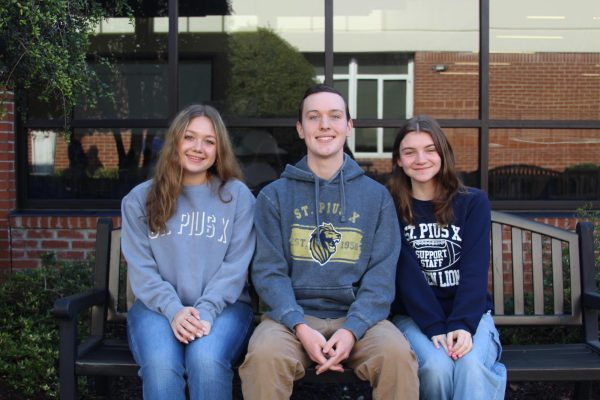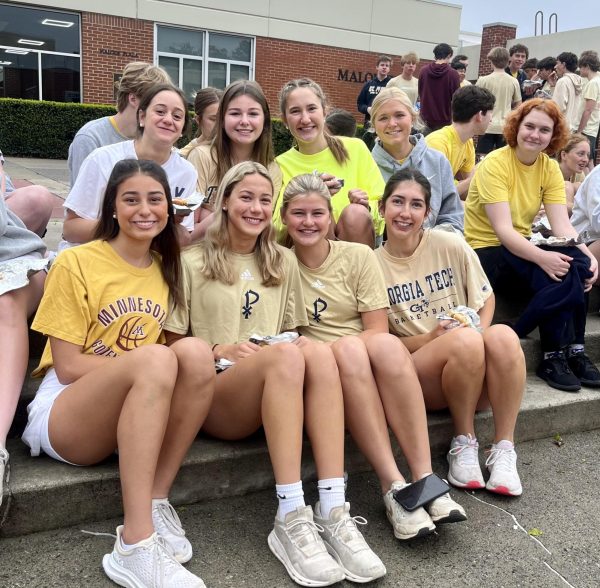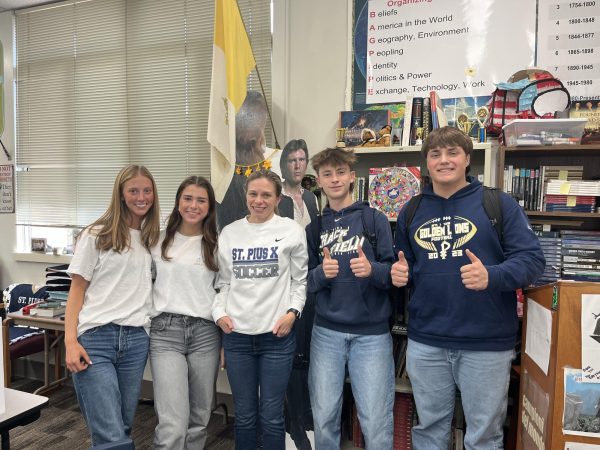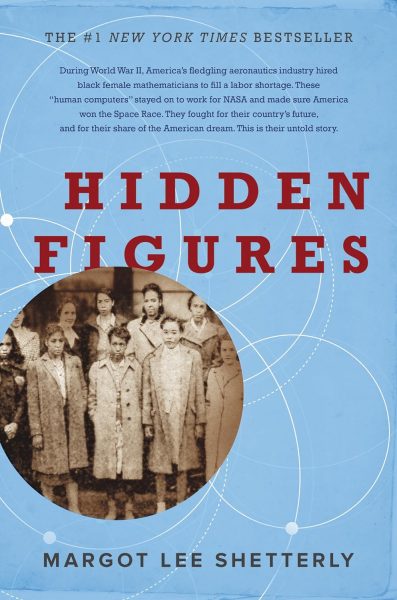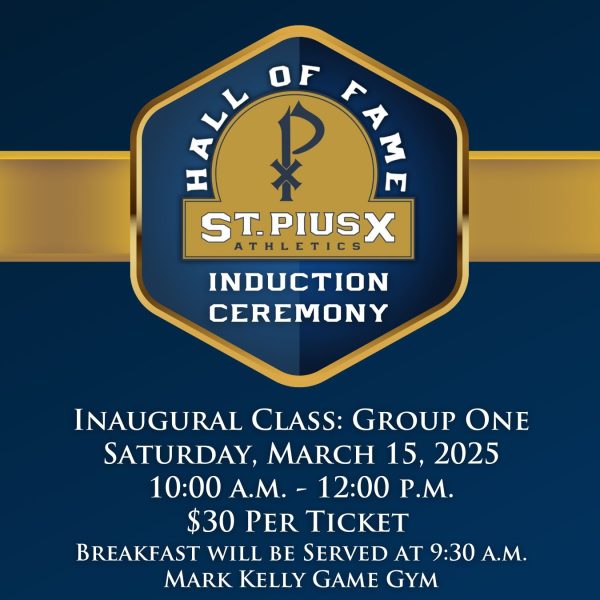Upgraded 3D printer allows students to design ‘high-quality and professional’ products
Although it’s been in use for over six months, many students may not be aware of one of the newest technological editions on campus: an upgraded 3D printer. The library installed this newer model over the summer, making it possible for students to print masterpieces rather than rough-edged creations.
According to Librarian Mrs. Meggan Wilcauscas, the new 3D printer “allows our students to design more higher-quality products, so that they look more professional, like something they might buy in a store instead of something that they made,” and added that “this machine also allows for much greater, finer detail [than the old one.]”
The printer uses a technique called lithography, which allows it to “turn the build plate upside down” and immerse each layer into a bath of liquid resin lying underneath, Mrs. Wilcauskas said.
While in the liquid, a blue light hits the plastic areas of the current layer, and when “that wavelength [of the light,] when it hits the resin, solidifies [the layer,]” she explained.
Although the library already had a 3D printer, it didn’t have as many functions as the new one.
With the old machine, “You’re just taking plastic and melting it, and turning it into something else plastic,” Mrs. Wilcauskas said.
The new version is capable of turning prints into a material other than plastic, thus adding a sharper look to the final product.
Assistant Director of Information Technology Mr. Daniel Foley said, “Once printed, [the new printer’s creation] can be fired in a kiln and glazed, just like clayworks.”
In addition, the old printer had a maximum resolution of .1 millimeter per layer, but the new one can print in a variety of .1, .05, or .025 millimeters thick. To visualize, Mr. Foley said that “a typical sheet of paper is .08 to .1 millimeter thick, so this printer is able to print at one fourth the thickness of a sheet of paper.”
This advanced capability makes the 3D printer more expensive for students to use than the previous model, but Mrs. Wilcauskas said that the price is worth it for the quality of the prints.
“I had a kid build a belt buckle the other day and it was under a dollar. So if you really wanted a good belt buckle, I could make it under $10. It [the price] sounds bad, but if you want a product like this, this is something you could buy,” she said.
Because the higher expense, Mrs. Wilcauskas said that students usually practice printing their creations on the old machine and use the new one for the final product.
Senior Mitchell Philipp frequently uses the original 3D printer and has created many unique prints in the past. Right now, he is using it to print a 3D puzzle, which he describes as “a ball with several marble tracks running around the edge of it” that you can rotate to change the track with the goal of getting the same colored marbles to be together.
“Once I get this [new] puzzle completely functional, I might print one out of resin because the material is way smoother,” he said.
Other interesting items made with the printers include a functioning belt buckle, a mini-statue of a former teacher, and prosthetic hand models for Mr. Lammers’ Anatomy and Physiology classes (as seen in the featured video.)
Mrs. Wilcauskas encourages students to recognize the unique and creative opportunities that are possible with this state-of-the-art 3D printer.

